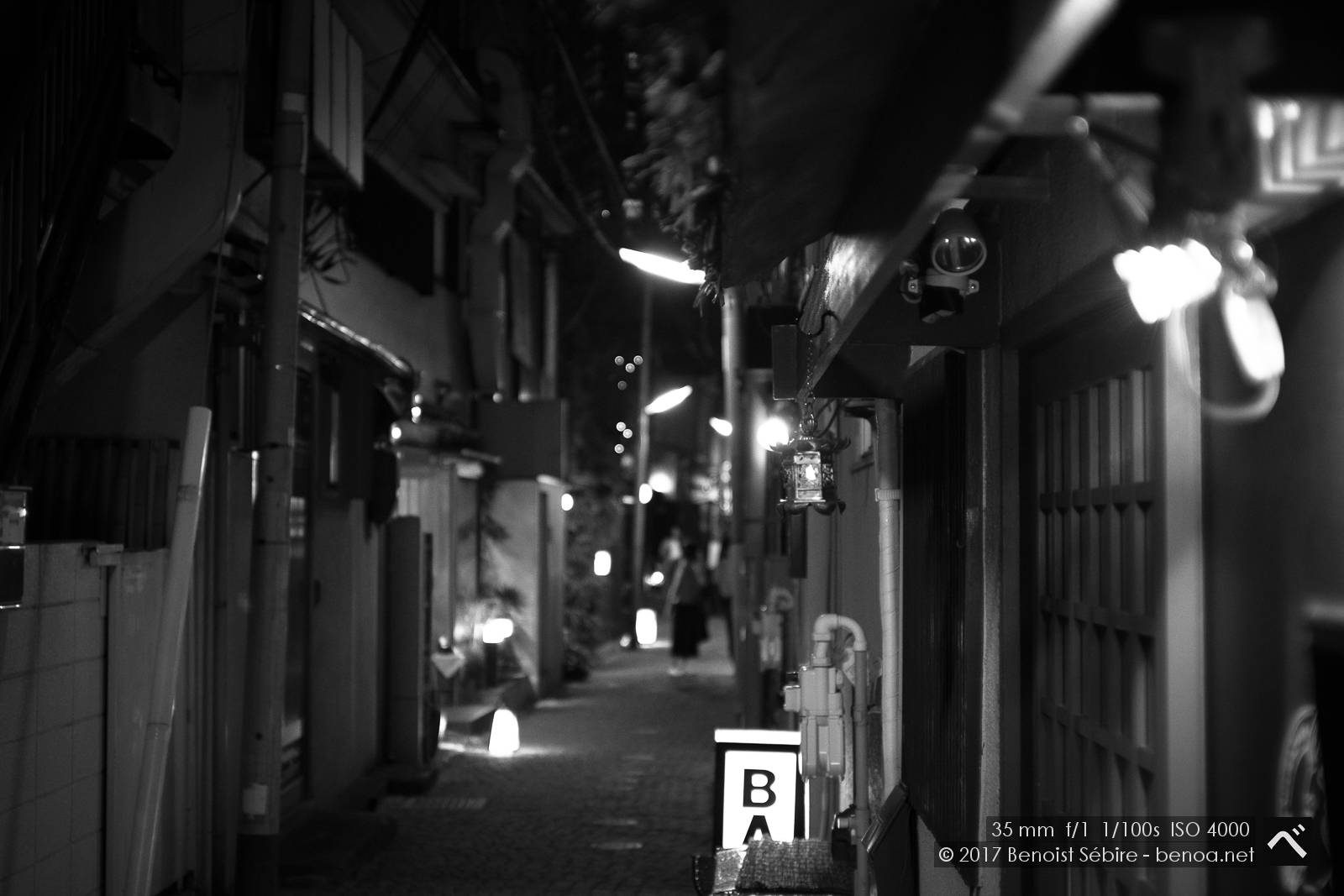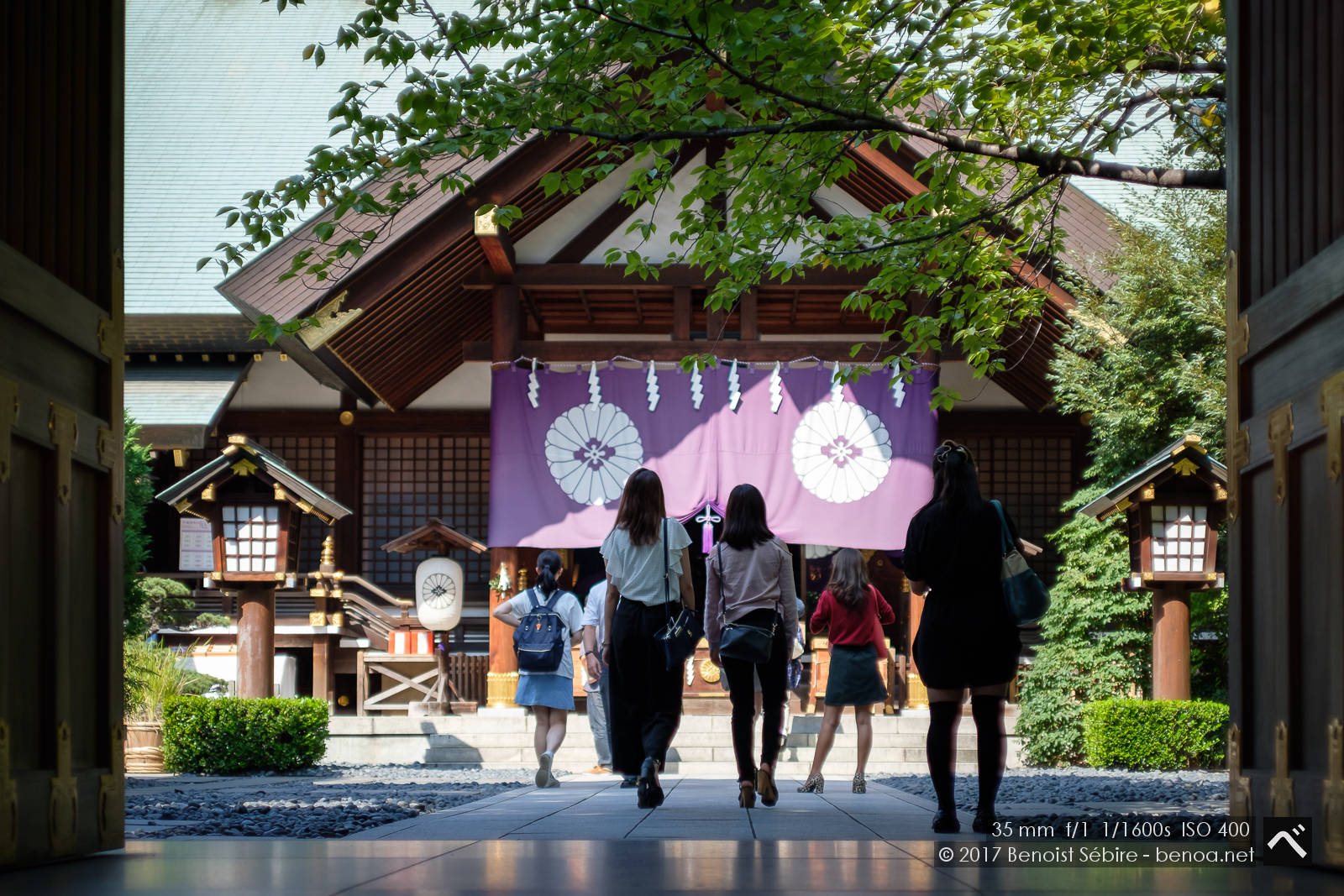Kimono Roboto
Caught a nice expo in the basement of Omotesando Hills in Tokyo: Kimono Roboto. A fascinating mix of tradition and technology, showcasing the elegance of kimonos with a futuristic twist. Definitely worth a visit for anyone interested in the fusion of classic Japanese culture and modern innovation!









